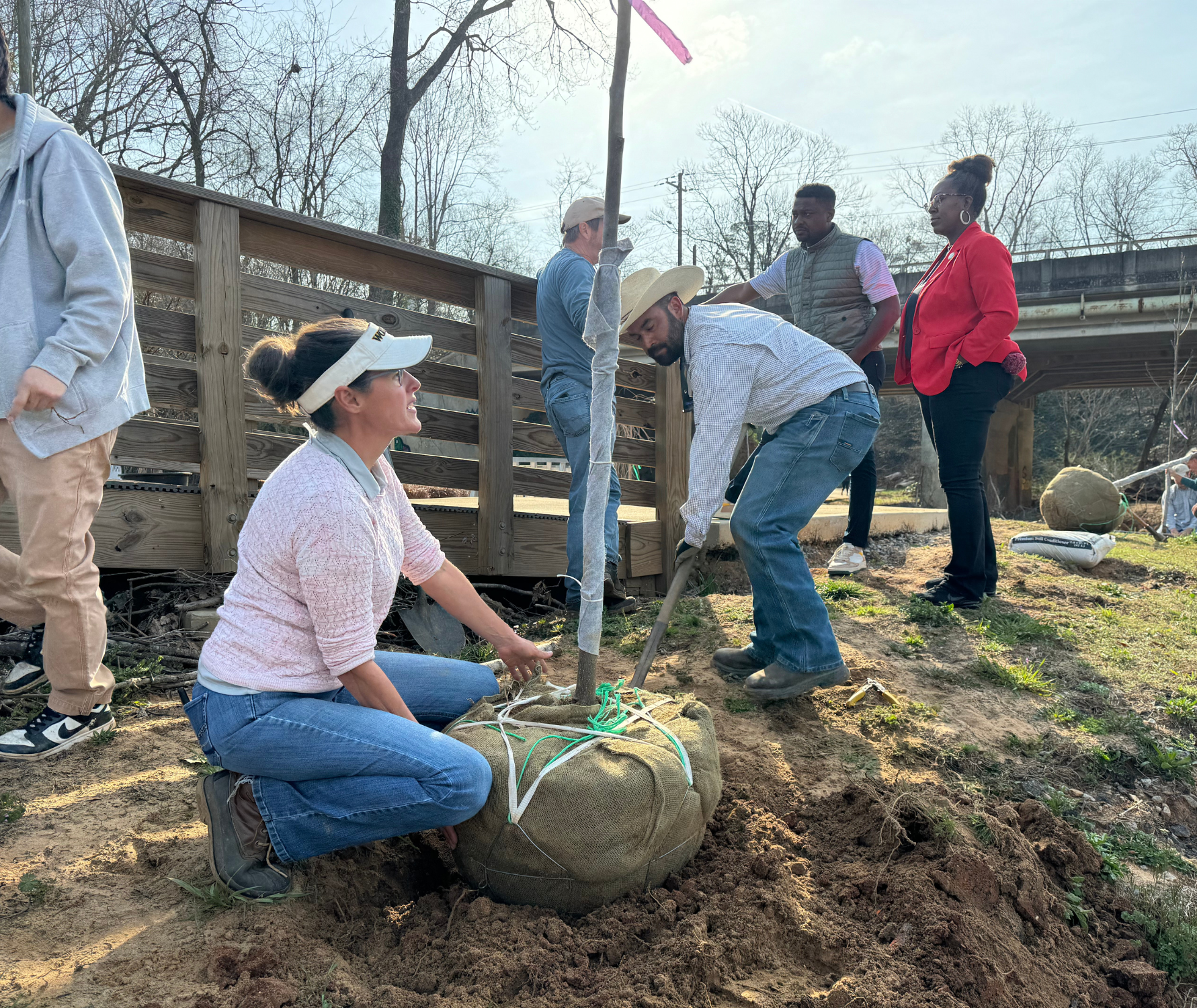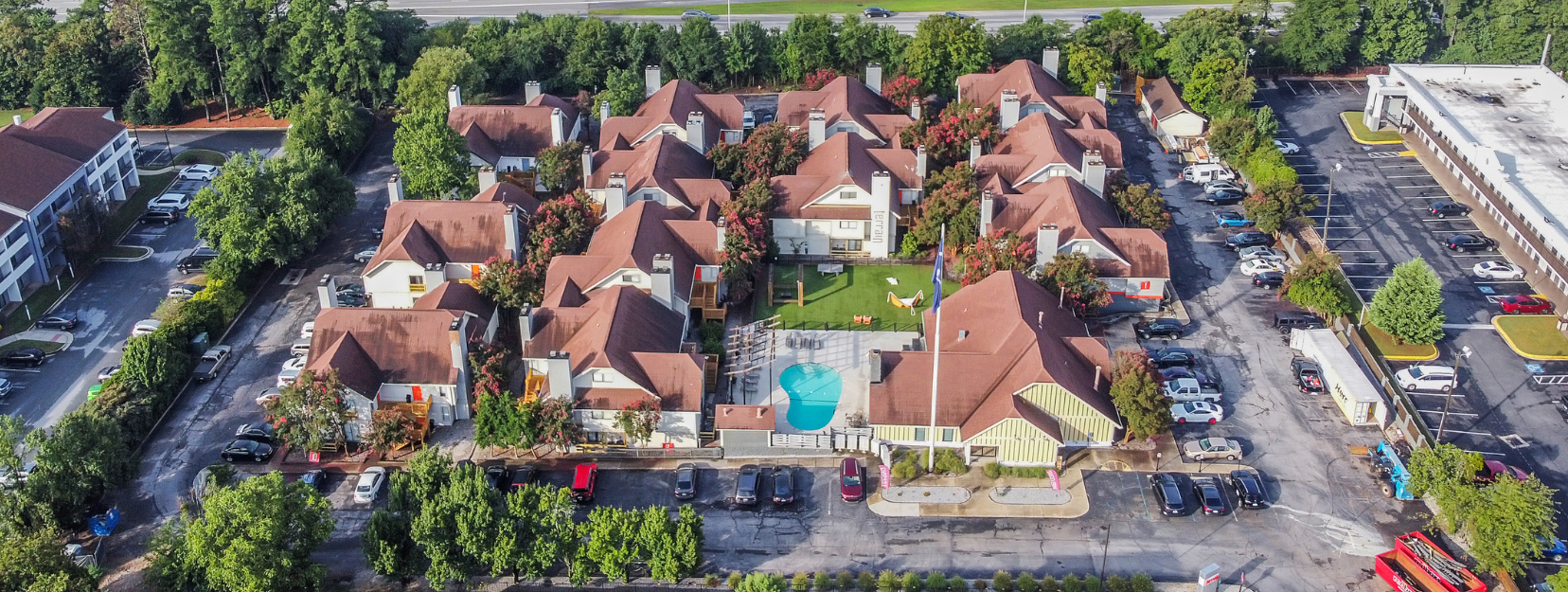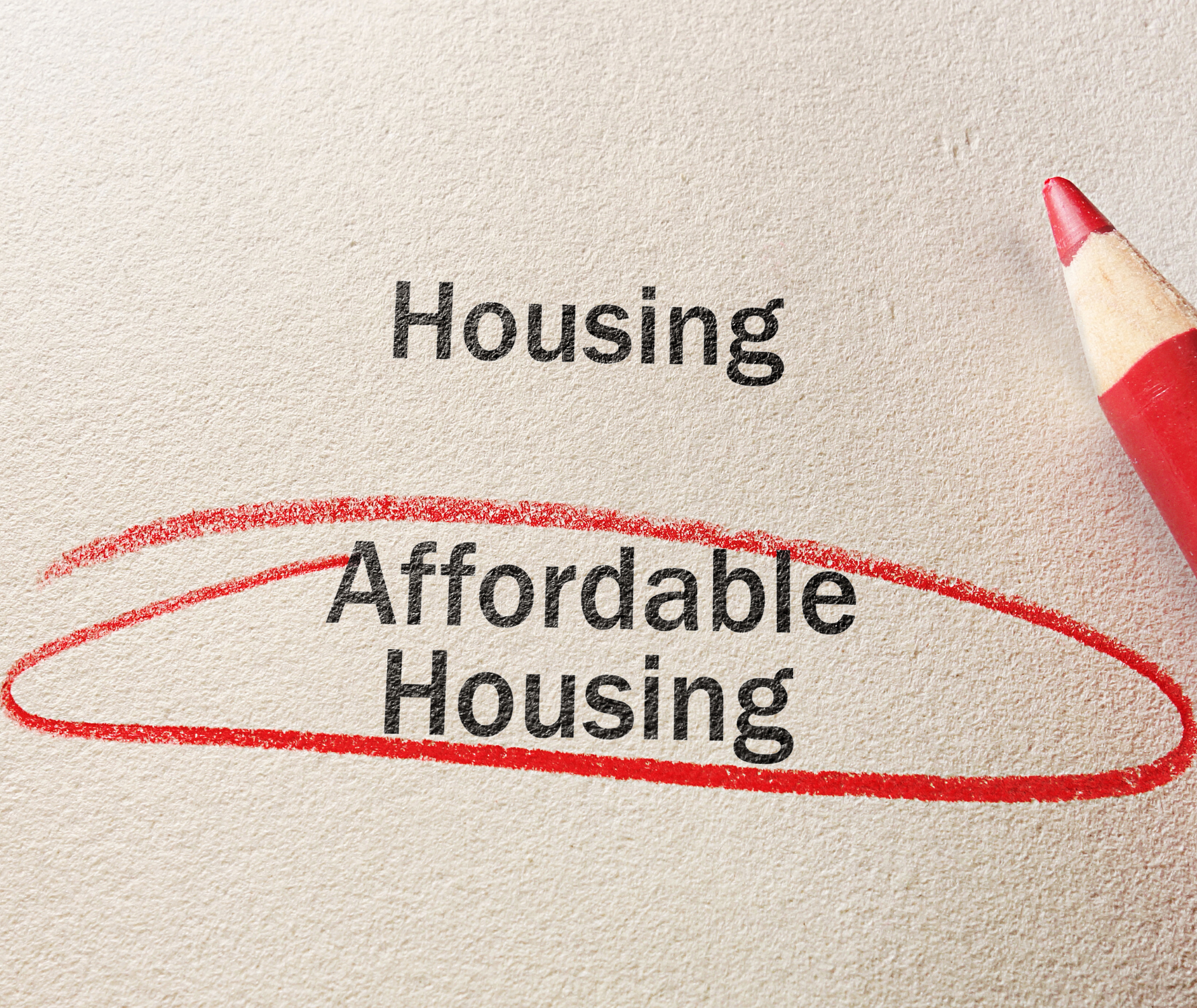BLOG
Affordable upstate
Bridging the Digital Divide
Affordable Upstate's Commitment to Connectivity
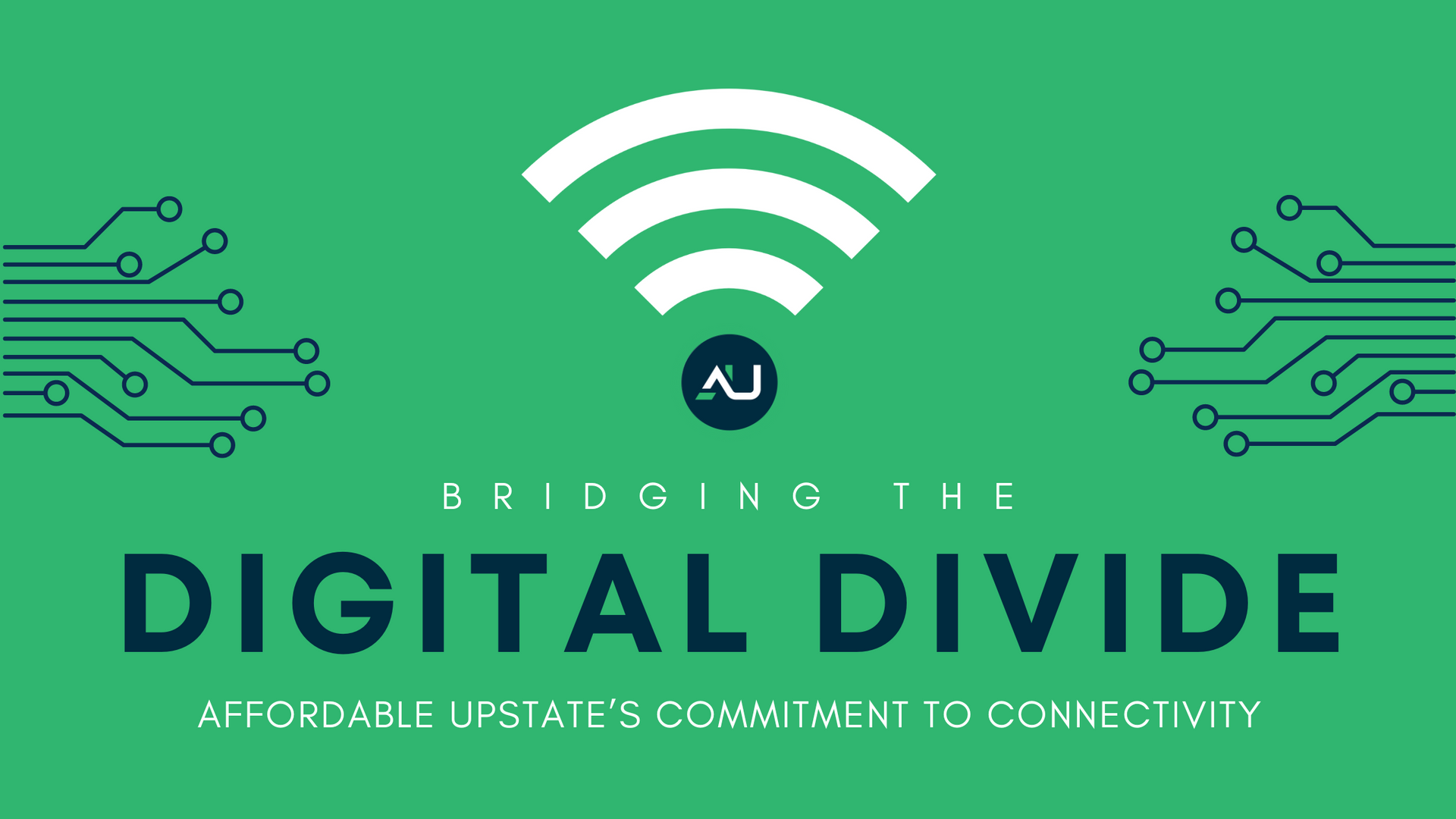
"At Affordable Upstate, our communities are only as valuable as the people who grow, flourish, and live within them." - Mario Brown, Affordable Upstate Co-Founder
In a world deeply intertwined with digital technology, the internet has become a vital resource, integral to the daily lives of millions. However, there remains a significant portion of our community for whom this essential service is out of reach. This disparity in digital access is more than a convenience issue; it's a barrier to education, employment, and social mobility, particularly for families living at 30%-60% of the Area Median Income.
When we learned that ¼ of families living at 60% AMI, a large percentage of our residents, do not have home internet access, we decided to take action.
We found a great community champion in our local cable and internet provider, Charter Communications, to subsidize cable and internet service for all 1,450 apartment units we have in the Upstate of SC. This is one of the many structural changes we have implemented to ensure that when a tenant moves into one of our complexes, economic mobility through credit score building and access to fast, cheap, and reliable internet is 100% the norm. ( N.O.A.H. Property Management)
Overlooked Essentials
- Access to Educational Resources: Home internet provides access to a vast array of free and low-cost educational materials. This includes online courses, tutorials, and educational websites, which can help individuals gain new skills and knowledge. This is particularly beneficial for those who cannot afford traditional education or live in areas with limited educational facilities.
- Job Opportunities: The internet opens up a world of job opportunities that are not bound by geographical constraints. People can search for jobs, apply online, and even work remotely, which can be especially advantageous for those living in areas with limited local employment options.
- Financial Services and Literacy: Home internet access allows individuals to utilize online banking, budgeting tools, and financial literacy resources. This can help in better managing finances, accessing credit, and making informed financial decisions, which are crucial steps towards economic mobility.
- Networking and Community Support: The internet provides access to various social networks and online communities. These platforms can be used for networking, finding mentors, and accessing community support systems. Such connections can lead to job opportunities, business partnerships, and valuable advice, all of which can contribute to economic advancement.
Understanding the Digital Divide
Recent studies highlight the profound impact of the digital divide. During the COVID-19 pandemic, the internet was essential for school assignments, meetings, and virtual social encounters. However, approximately half of those with a high-speed internet connection at home experienced problems with speed, reliability, or quality. Furthermore, affordability continued to be a concern for many, with about a quarter of home broadband users worried about paying their internet and cellphone bills.
For children, the effects are even more pronounced. Approximately 34% of all parents whose children’s schools closed due to the pandemic reported that their children encountered tech-related obstacles in completing schoolwork, such as a lack of computer access at home or the need to use public Wi-Fi. This issue was particularly acute among families with lower incomes.
The Impact on Education and Socioeconomic Disparities
The digital divide perpetuates socioeconomic disparities. About 17% of students are unable to complete their homework due to limited internet access. Additionally, 50% of low-income families and 42% of families of color lack the technology required for online education [2]. In rural areas and districts with lower socioeconomic status, the lack of high-speed internet and limited access to devices exacerbate these disparities, leading to lower academic performance and a reduced competitive edge in higher education [2].
Low-income families have less access to information that could advance their education. As universities increasingly embrace technology, students without internet access face significant disadvantages, including different learning experiences and more obstacles to completing their education.
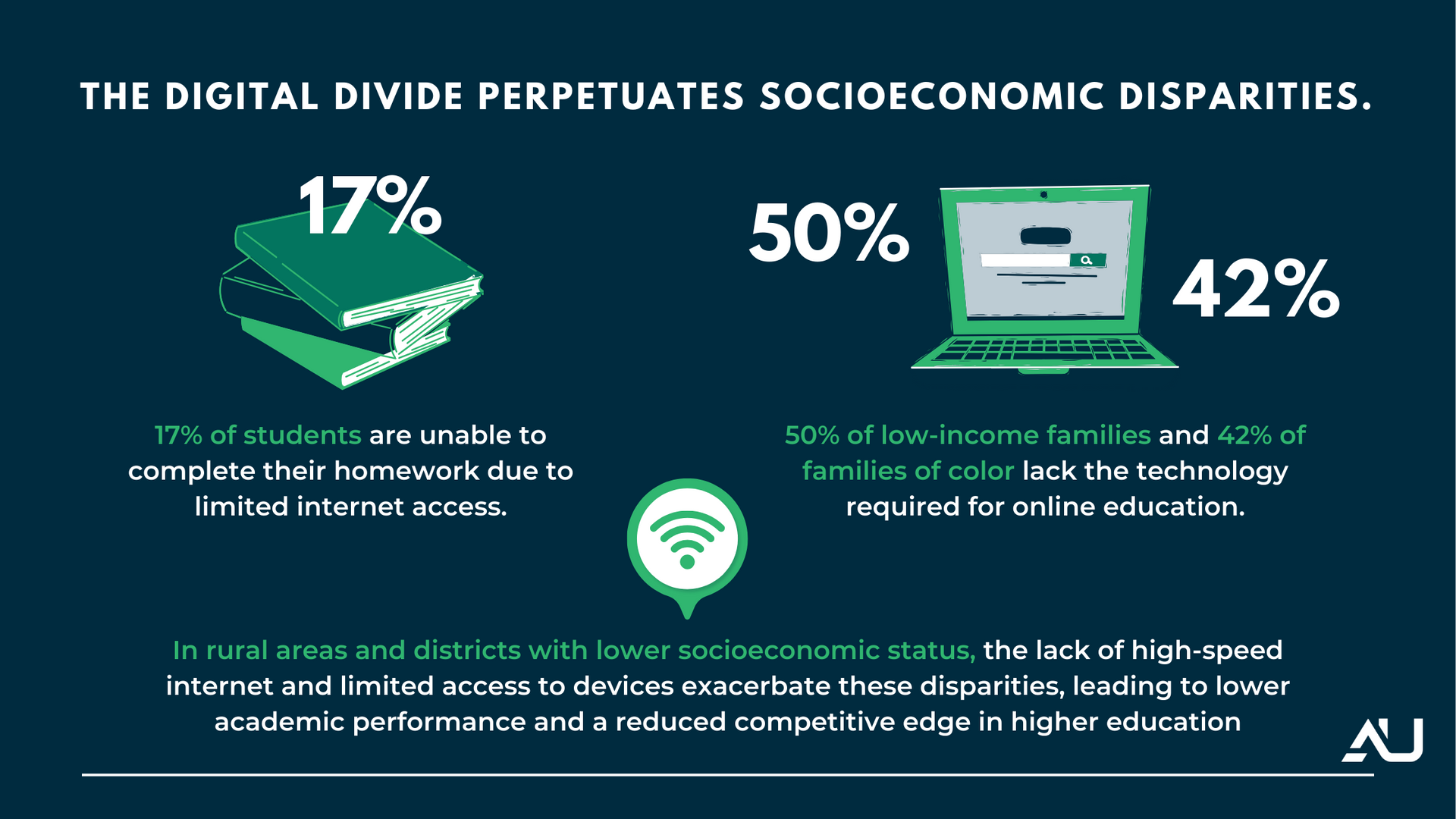
Affordable Upstate's Initiative
At Affordable Upstate, we understand the importance of internet access in today's world, especially for those who might find it out of reach. Our collaboration with Charter Communications is part of our ongoing effort to support our community. We're pleased to have worked out an arrangement that makes internet services more accessible for our residents. It's a small but significant step in our journey towards greater digital inclusion.
Our Vision for the Future
We see ourselves not just as community housing providers but as partners in our residents' journey towards empowerment. Ensuring affordable internet access is our way of contributing to their educational and professional growth. We're committed to creating a community where everyone has equal access to the digital world, believing that it can make a real difference in the lives of our residents. This initiative is one of the many ways we're striving to meet the diverse needs of those we serve, and we're enthusiastic about being a part of such a meaningful solution.
Sources:
[1] Pew Research Center: The Internet and the Pandemic & Internet and Technology Access Disparities
[2] American University School of Education: Understanding the Digital Divide in Education
Diversify Your Portfolio with Commercial Real Estate Investments Opportunities
MORE FROM THE BLOG
